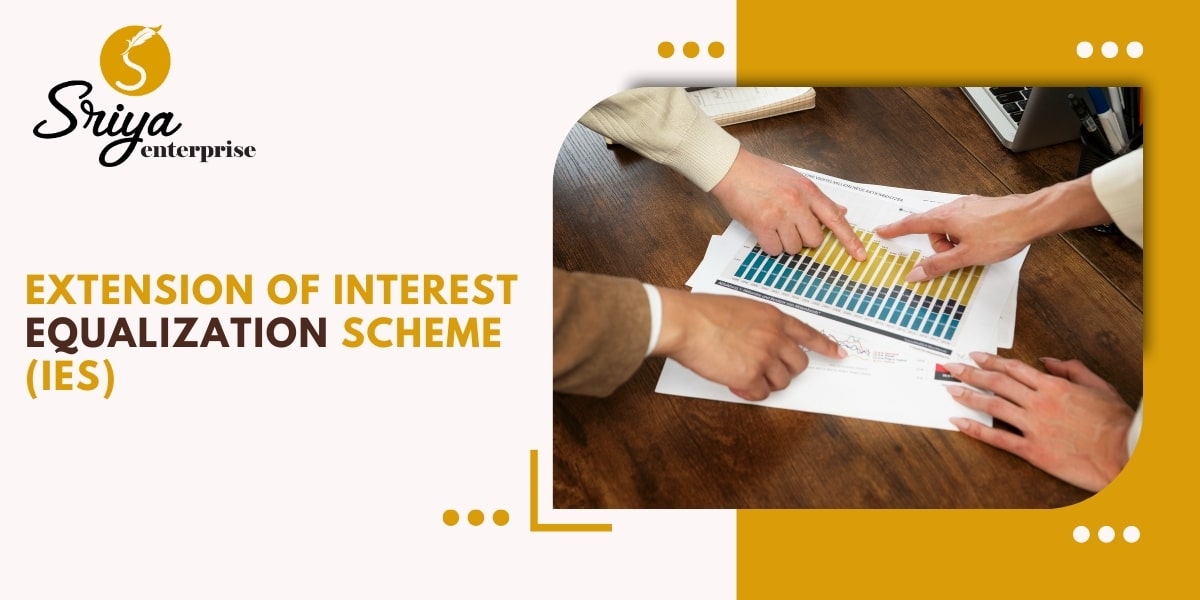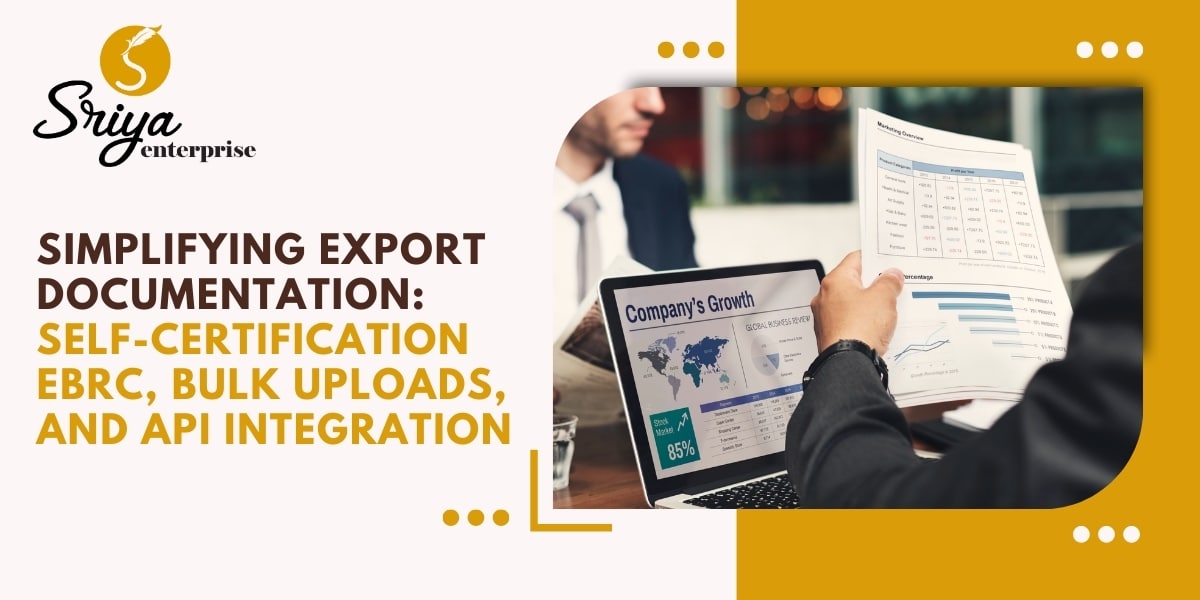Sriya Enterprise recently conducted an insightful Trade Finance and FEMA Workshop at SRF Limited in…

Extension of Interest Equalization Scheme (IES) up to 30.06.2024 -In this regard, it may be noted that a cap of Rs. 2.50 Cr per IEC beyond that they will not be able to avail is imposed till 30.06.2024 for the quarter starting from 01.04.2024. Trade Notice Trade Notice No. 40/2023-2024
What Is the Interest Equalization Scheme (IES)?
The Interest Equalization Scheme is a government initiative designed to promote exports by providing interest subsidies on pre- and post-shipment export credit. By reducing the cost of borrowing for exporters, the IES aims to enhance the competitiveness of Indian goods and services in the global market. This scheme plays a significant role in supporting the growth of small and medium-sized enterprises (SMEs) and large enterprises alike, helping them manage financing costs and expand their market reach.
Key Updates in the Extension
Extension Period: The latest extension extends the benefits of the IES up to June 30, 2024. This continuation reflects the government’s commitment to supporting the export sector during these challenging times and ensuring sustained growth and competitiveness.
Cap Imposed: A notable change in this extension is the introduction of a cap of Rs. 2.50 Crore per Importer Exporter Code (IEC). This cap limits the maximum benefit an entity can avail under the IES. Effective from April 1, 2024, for the quarter beginning April 1, 2024, this cap will be in place until June 30, 2024. This adjustment aims to ensure that the scheme’s benefits are distributed more equitably and that larger exporters do not disproportionately benefit from the subsidy.
Implications of the Cap
The imposition of a cap on the Interest Equalization Scheme is expected to have several implications for exporters:
Equitable Distribution: The cap ensures that the benefits of the scheme are more evenly distributed across various sectors and company sizes. By setting a limit on the subsidy amount, the government aims to support a broader range of exporters, including smaller and medium-sized enterprises that may not have accessed the full benefits previously.
Financial Planning: Exporters will need to adjust their financial planning and budgeting strategies in light of this cap. Companies that previously relied on higher subsidies will need to reassess their financing strategies and explore alternative financial support options.
Impact on Competitiveness: While the cap might limit the financial benefits for some larger exporters, it is designed to maintain overall competitiveness in the export sector. By ensuring that the scheme supports a diverse range of exporters, the government aims to sustain and enhance the competitiveness of Indian exports on a global scale.
Trade Notice No. 40/2023-2024
Trade Notice No. 40/2023-2024 outlines these changes and provides detailed guidelines for the implementation of the Interest Equalization Scheme. Exporters are encouraged to review this notice carefully to understand the specific requirements and adjustments applicable to their operations.
Key Takeaways from the Trade Notice
- Eligibility: Exporters must ensure they meet all eligibility criteria and adhere to the new cap limits.
- Documentation: Accurate and timely documentation will be crucial for availing the benefits under the scheme.
- Compliance: It is essential to comply with all regulatory requirements and guidelines outlined in the trade notice to avoid any disruptions in accessing the scheme’s benefits.
Conclusion
The extension of the Interest Equalization Scheme up to June 30, 2024, with the newly imposed cap, reflects the government’s ongoing support for the export sector while aiming for a more balanced distribution of benefits. Exporters must stay informed about these changes, adjust their financial strategies accordingly, and ensure compliance with the updated guidelines to maximize the advantages offered by the scheme.




